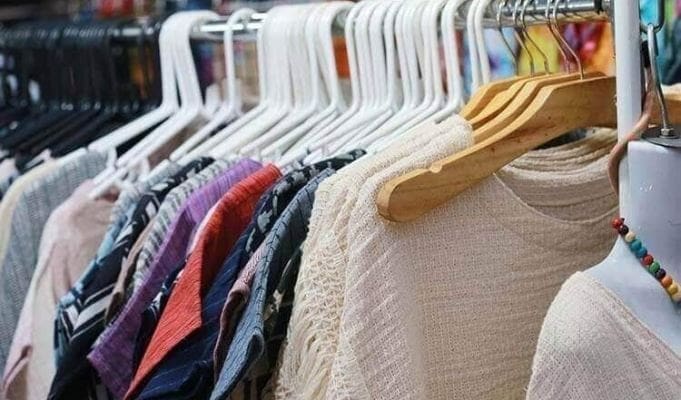The Indian government in September decided to increase the Good and Services Tax (GST) rate on readymade garments and fabrics that cost less than Rs 1,000.
While the new tax rates will come into effect from January 1, the Indian textile industry is worried about the planned hike in the tax rate, arguing that such a move will affect 85 percent of the market and will lead to an increase in the prices of 80 percent of the final products.
The government says that it has deferred its decision to hike GST rates on these products for two years now owing to the impact of the COVID-19 pandemic on households, and now as the industry recovers it is the right time to correct the problem of Inverted Duty Structure.
Why does the government need to hike the GST rate on garments?
The objective behind the proposed increase is to correct the problem of Inverted Duty Structure faced by a small segment of the textile value chain, the government had said.
But what is the problem of Inverted Duty Structure?
Inverted duty structure means higher taxes on input and lower tax on output or final product. In simple terms, businesses face higher GST rates on raw materials than on finished products. The GST Council has addressed the issue of inverted duty structure for many industries, however it still persists for footwear, textiles, pharmaceuticals and fertilizers.
Refund of the unutilized Input Tax Credit under inverted duty structure of GST has been a long-pending issue for businesses because of higher levies on raw materials compared to the finished goods.
So why is the industry worried about the hike in GST rate on textiles?
According to the Indian textile industry, only 15 percent of the textile sector faces problems under the inverted duty structure but the proposed hike in GST rate will result in increasing prices of 85 percent of products.
This is likely to create greater stress on the working capital requirements of the industry, especially the Micro, Small and Medium Enterprises.
As per Udyam Aadhaar Portal, the total textile manufacturing MSMEs registered between September 2015 to June 2020 were 6,51,512 while apparel MSMEs were 4,28,864.
Furthermore, the domestic garment industry is still operating at 65 percent of pre-Covid levels as retail, which is the lifeline of apparel manufacturing, was one of the first to shut down and last to re-open.
The struggling industry, one of the largest employers, has cut employment by 20 per cent after scaling down and shutting operations due to the Covid pandemic impact.

